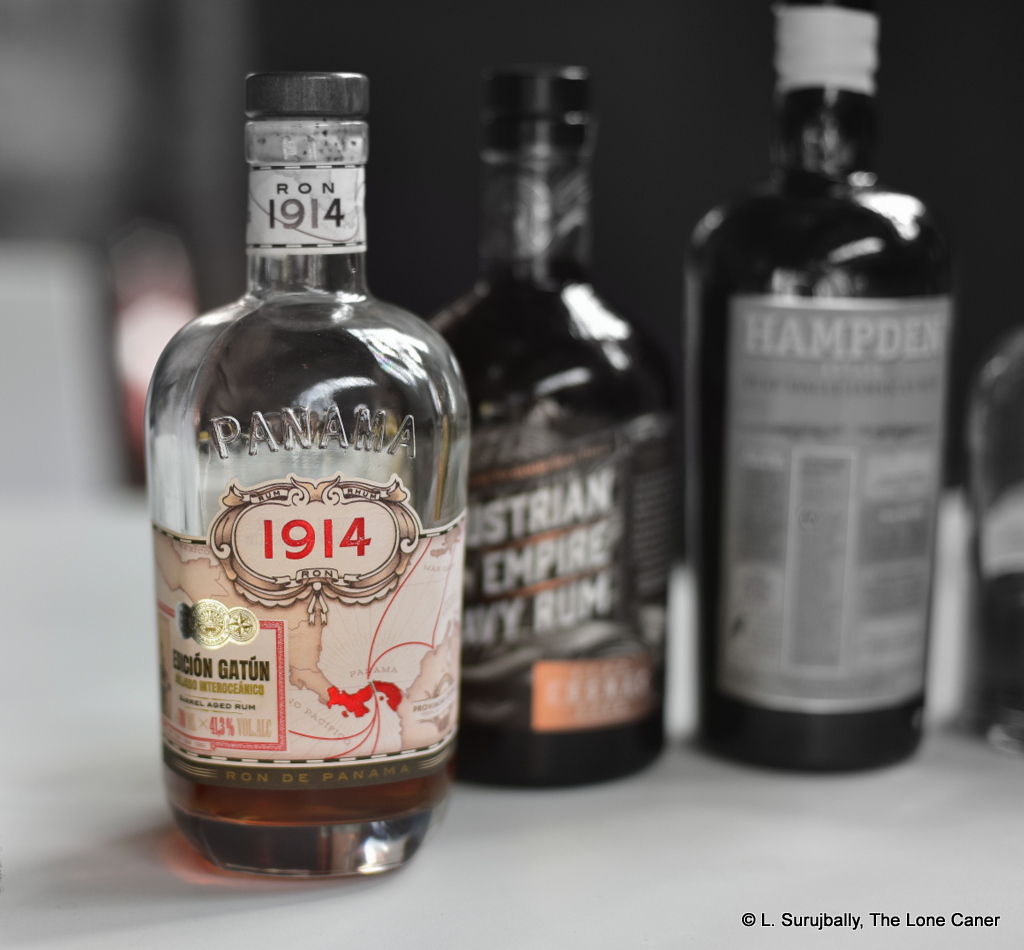
Here’s my personally imaginative take on how the (fictitious) Board of Blenders from Consorcio Licorero Nacional (CLN) presented their results to the good folks at Rum of Panama Corp (registered in Panama in 2016) about the rum they intended to make for them at Las Cabras in Herrera.
“We will make a true Panamanian Rum to represent the year the Canal was opened in 1914!” they say, high fiving and chest bumping themselves in congratulation at this perspicacious stroke of marketing genius.
“But CLN is originally from Venezuela, isn’t it?” comes the confused question. ”Shouldn’t you perhaps pay homage to something from there?”
“The company is now registered in Panama, in San Miguelito, so, no.” The answer is confident. “The rum will be made at a Panamanian distillery. We will make it appeal to the masses by making it a column still light rum, but also appeal to the connoisseur crowd and beef it up to a higher strength.”
Ersatz Venezuelan patriotism is forgotten. This smells like sales. “Great! How much?”
“41.3%” they reply, with the quietly confident air of “it’s settled” that Joe Pesci showed when he told Mel Gibson that a banker’s fee of 2% was standard, in Lethal Weapon II.
Brows knit. “Shouldn’t that be stronger?”
A twitch of moustaches, a shake of heads. This heresy must be swiftly extirpated. “That might scare away the masses, and they’re the ones we want buying the rum, as they’re the ones who move cases.”
“Ah.”
“And look, we will age it, a lot!” say the blenders brightly
Heads perk up. “Oh wonderful. We like ageing. How long, how old?”
“15 to 22 years.”
“That’s not bad. Except, of course, we’ve only been in business for four years, so…”
“Oh no worries. Nobody will check. There’s that one reviewing doofus in the Middle East who might, but nobody really reads his blog, so you’re safe. And, on our website, we’ll say it’s a rum aged “up to 22 years”, so that will give you no end of credibility. People love rums aged more than twenty years”
“Isn’t that called…well…lying?”
“Not at all. It’s a blend of rums, we’ll have aged rums between those years in the blend, we’ll never say how much of each, so it’s completely legit. Better than saying 15 years old, don’t you think?”
“Well…if you say so.”
Paternal confidence is displayed. “You can’t lose: the rum is light, it’s old, the age is unverifiable but completely true, it has a cool name and date as part of the title, it’s sweet, and the production is so complex nobody will figure out who really is behind it, so nobody gets blamed…” More bright smiles all around, followed by toasts, handshakes, and the go-ahead is given.
 Or so the story-teller in me supposes. Because all jokes and anecdotes aside, what this is, is a rum made to order. Ron 1914 touts itself as being a 15-22 YO blended rum,“Distilled in the province of Herrera and bottled at the facilities of CLN in Panama City.” CLN was formed in 1970 by five Venezuelan businessmen and deals with manufactured alcoholic products, though nowhere I’ve searched is there a reference to a distillery of their own. In this case it’s clear their using Las Cabras, proud possessor of a multi-column industrial still that churns out mucho product on demand.
Or so the story-teller in me supposes. Because all jokes and anecdotes aside, what this is, is a rum made to order. Ron 1914 touts itself as being a 15-22 YO blended rum,“Distilled in the province of Herrera and bottled at the facilities of CLN in Panama City.” CLN was formed in 1970 by five Venezuelan businessmen and deals with manufactured alcoholic products, though nowhere I’ve searched is there a reference to a distillery of their own. In this case it’s clear their using Las Cabras, proud possessor of a multi-column industrial still that churns out mucho product on demand.
Now, that distillery has its own brand of rum, the Cana Brava, but also makes rum for clients: therefore brands like Zafra, Nativo, Grander note themselves as being from there – in that, then, the distillery operates like Florida Distillers who makes the completely forgettable Ron Carlos series of rums I’ve written about before.
And, unfortunately, made a rum equally unlikely to be remembered, because nosing it, your first thought is likely to be the same as mine: lights on, nobody home. There’s just so little going on here, and that’s not a function of the standard strength. There is basically some faint molasses, vanilla, a few unidentifiable fruits – not overripe, not tart, just fleshy and sweet – and an odd aroma of icing sugar. And a whiff of caramel and molasses, though don’t quote me on that – you might miss it.
The taste is also completely uninspiring. It’s so soft and easy you could fall asleep in it, and again, there’s too much vanilla, ice cream, sugar water and anonymous fruit here to lend any kind of spirit or style to the experience. Yes, there’s some caramel and molasses at the back end, but what good does that do when all it represents is a sort of “good ‘nuff” standard profile we’ve had a jillion times before in our journey? And the finish is just like that, short, breathy, a touch of mint, caramel, vanilla, and again, just a snoozefest. If I didn’t know better, I’d say the Ron 1914 was a low end spiced rum, and, for those of you who may be in doubt, that’s not a compliment.
The purpose of a rum like this escapes me. No, honestly. What’s it for? In this day and age, why make something so soft and anonymous? It doesn’t work well as a mixer (a Bacardi white or gold could just as easily do the job for less, if a cost-effective alcoholic jolt was all you were after) and as a sipper, well, come on, there’s way better value out there.
It’s always been a thing of mine that a good Spanish-style ron doesn’t have to enthuse the cask strength crowd with a wooden still in its DNA, or by squirting dunder and funk from every pore – because knowledgeable drinkers of its own style will like it just fine. They’re used to standard strength and get that subtlety of tastes imparted almost solely by barrel management and smart ageing. But I submit that even they would take one taste of this thing, put down the glass, and walk away, the way I wanted to on the day I tried it in a VIP tasting. I couldn’t do that then, but you can, now. See you.
(#788)(70/100)



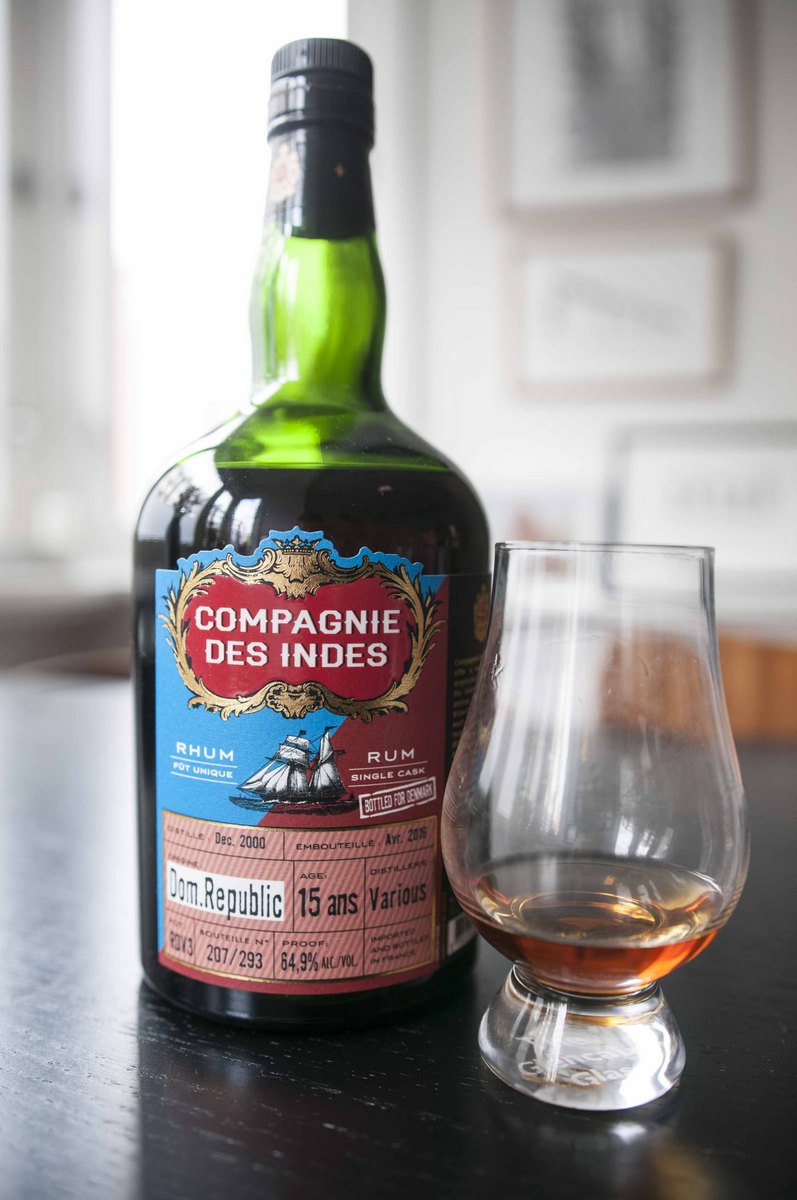
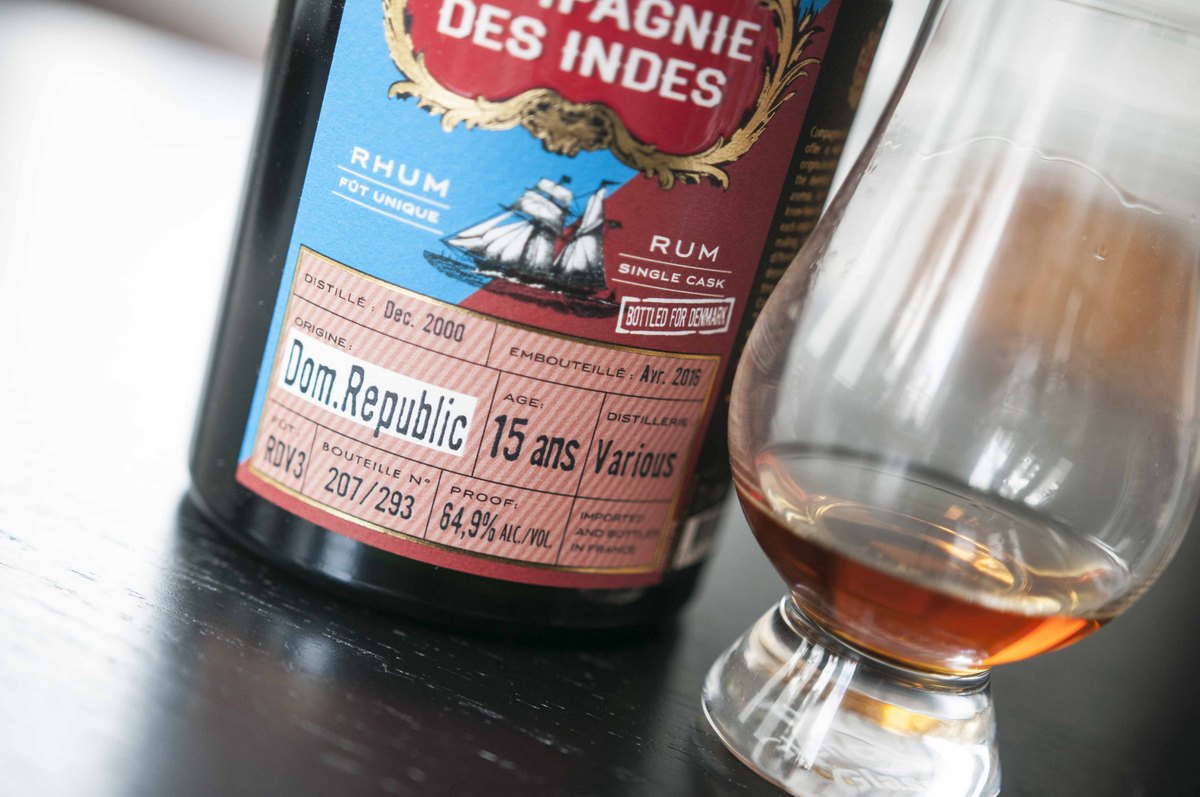

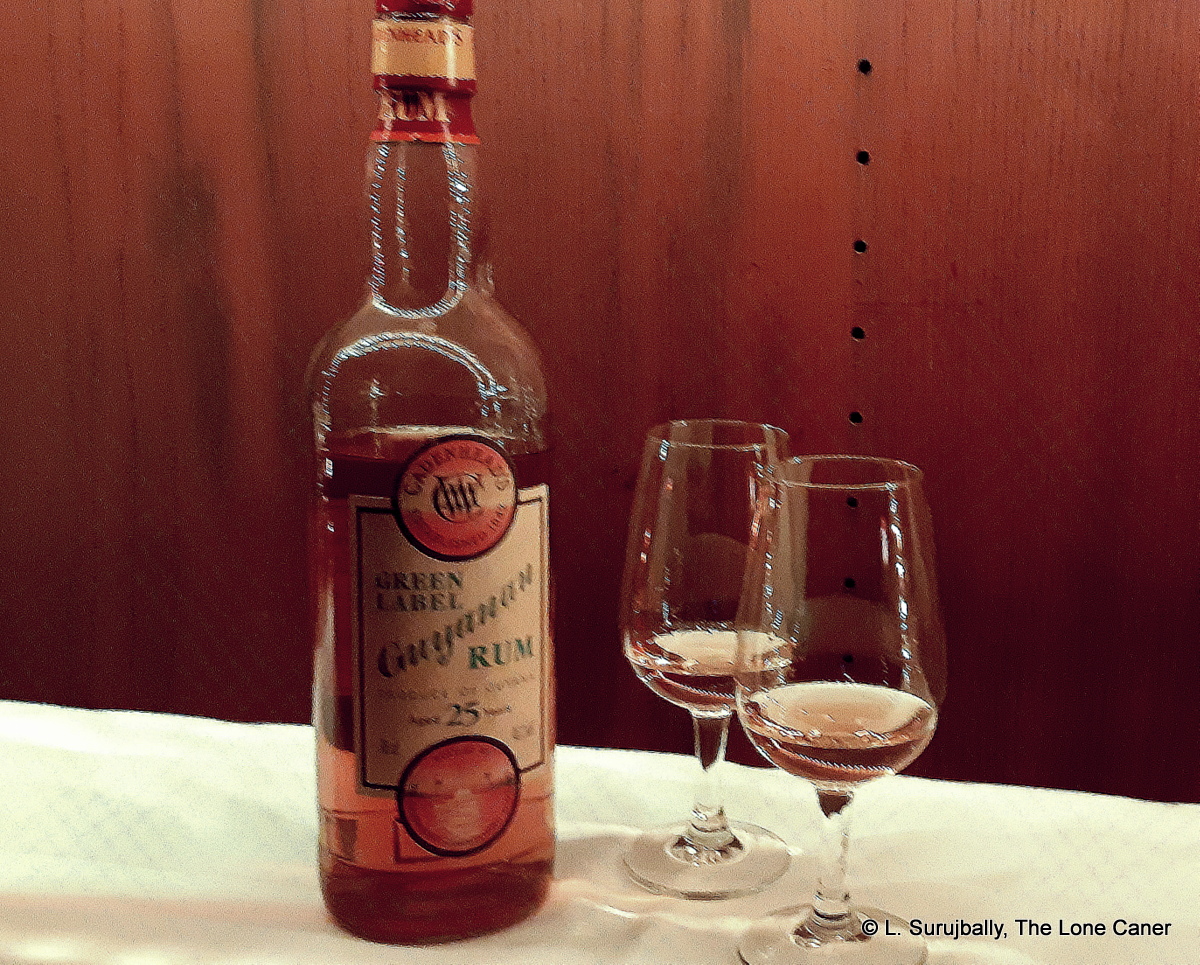
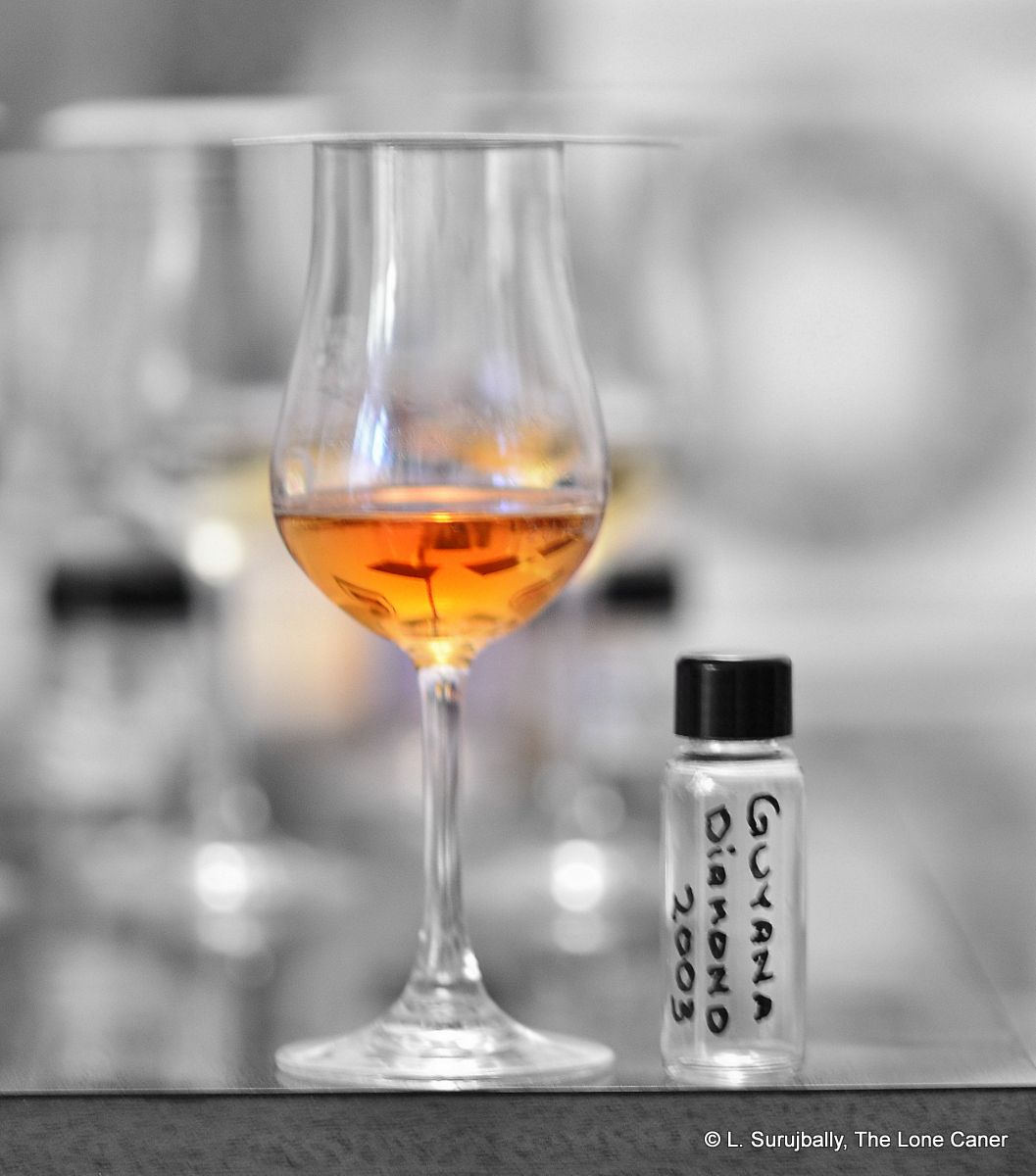
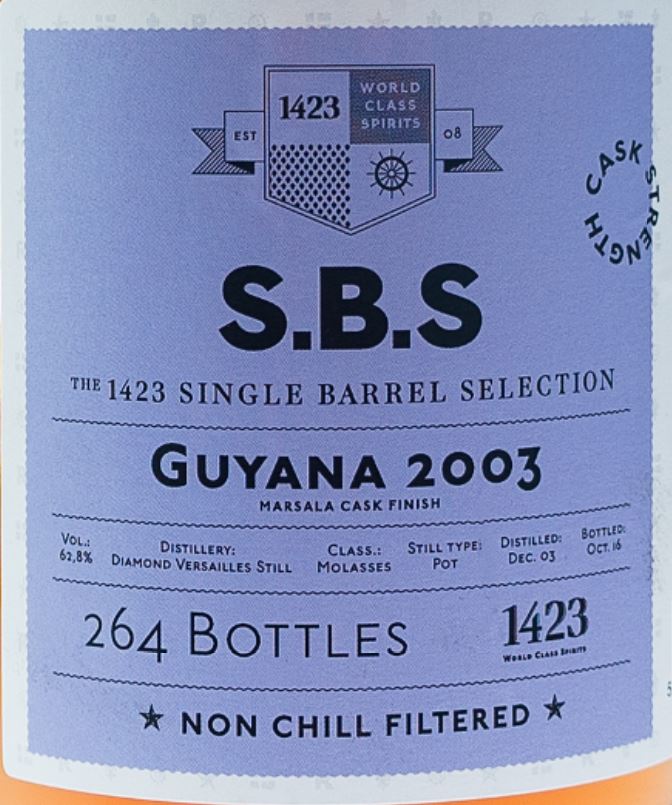 My own preference has always been for the stern elegance of the Port Mourant, and the Enmore coffey still produces rums that are complex, graceful and sophisticated when done right. But the Versailles still is something of an ugly stepchild – you’ll go far and look long to find an unqualified positive review of any rum it spits out. I’ve always felt that it takes rare skill to bring the rough and raw VSG pot still profile to its full potential…none of the familiar indies has had more than occasional success with it, and even Velier never really bothered to produce much Versailles rum at the height of
My own preference has always been for the stern elegance of the Port Mourant, and the Enmore coffey still produces rums that are complex, graceful and sophisticated when done right. But the Versailles still is something of an ugly stepchild – you’ll go far and look long to find an unqualified positive review of any rum it spits out. I’ve always felt that it takes rare skill to bring the rough and raw VSG pot still profile to its full potential…none of the familiar indies has had more than occasional success with it, and even Velier never really bothered to produce much Versailles rum at the height of 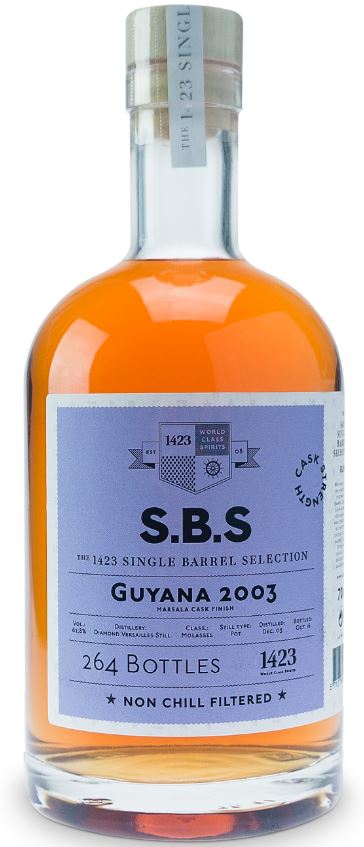 There has been occasional confusion among the stills in the past: e.g. the
There has been occasional confusion among the stills in the past: e.g. the 
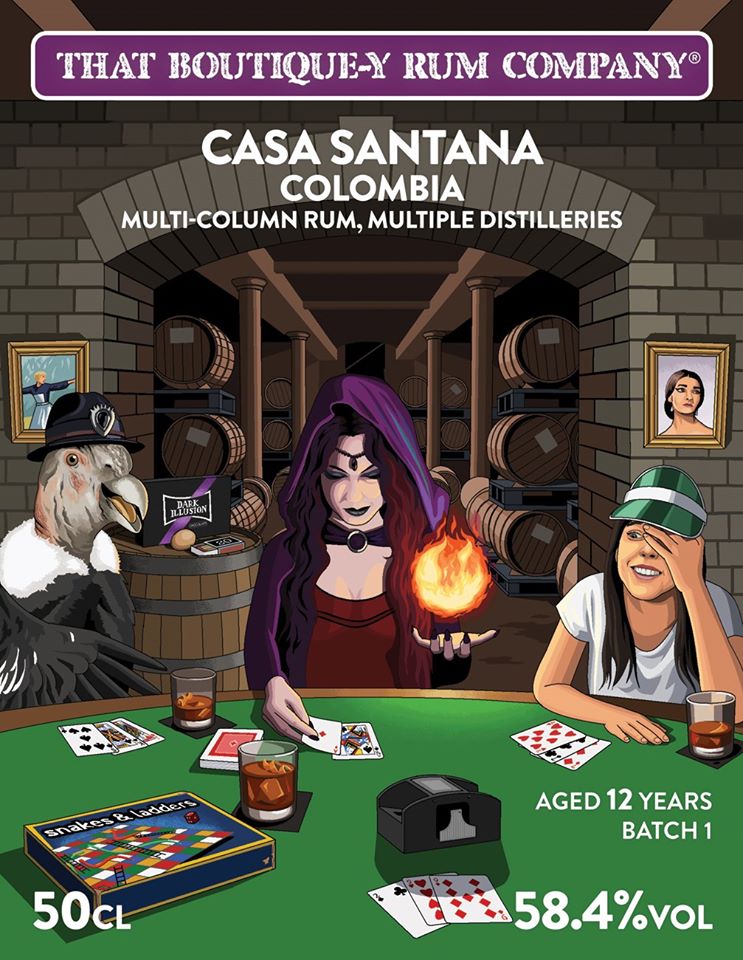
 Anyone from my generation who grew up in the West Indies knows of the scalpel-sharp satirical play “Smile Orange,” written by that great Jamaican playwright, Trevor Rhone, and made into an equally funny film of the same name in 1976. It is quite literally one of the most hilarious theatre experiences of my life, though perhaps an islander might take more away from it than an expat. Why do I mention this irrelevancy? Because I was watching the YouTube video of the film that day in Berlin when I was sampling the Worthy Park series R 11.3, and though the film has not aged as well as the play, the conjoined experience brought to mind all the belly-jiggling reasons I so loved it, and Worthy Park’s rums.
Anyone from my generation who grew up in the West Indies knows of the scalpel-sharp satirical play “Smile Orange,” written by that great Jamaican playwright, Trevor Rhone, and made into an equally funny film of the same name in 1976. It is quite literally one of the most hilarious theatre experiences of my life, though perhaps an islander might take more away from it than an expat. Why do I mention this irrelevancy? Because I was watching the YouTube video of the film that day in Berlin when I was sampling the Worthy Park series R 11.3, and though the film has not aged as well as the play, the conjoined experience brought to mind all the belly-jiggling reasons I so loved it, and Worthy Park’s rums. The distillation run from 2010 must have been a good year for Worthy Park, because the SMWS bought no fewer than seven separate casks from then to flesh out its R11 series of rums (R11.1 through R11.6 were distilled May 1st of that year, with R11.7 in September, and all were released in 2017). After that, I guess the Society felt its job was done for a while and pulled in its horns, releasing nothing in 2018 from WP, and only one more — R11.8 — the following year; they called it “Big and Bountiful” though it’s unclear whether this refers to Jamaican feminine pulchritude or Jamaican rums.
The distillation run from 2010 must have been a good year for Worthy Park, because the SMWS bought no fewer than seven separate casks from then to flesh out its R11 series of rums (R11.1 through R11.6 were distilled May 1st of that year, with R11.7 in September, and all were released in 2017). After that, I guess the Society felt its job was done for a while and pulled in its horns, releasing nothing in 2018 from WP, and only one more — R11.8 — the following year; they called it “Big and Bountiful” though it’s unclear whether this refers to Jamaican feminine pulchritude or Jamaican rums.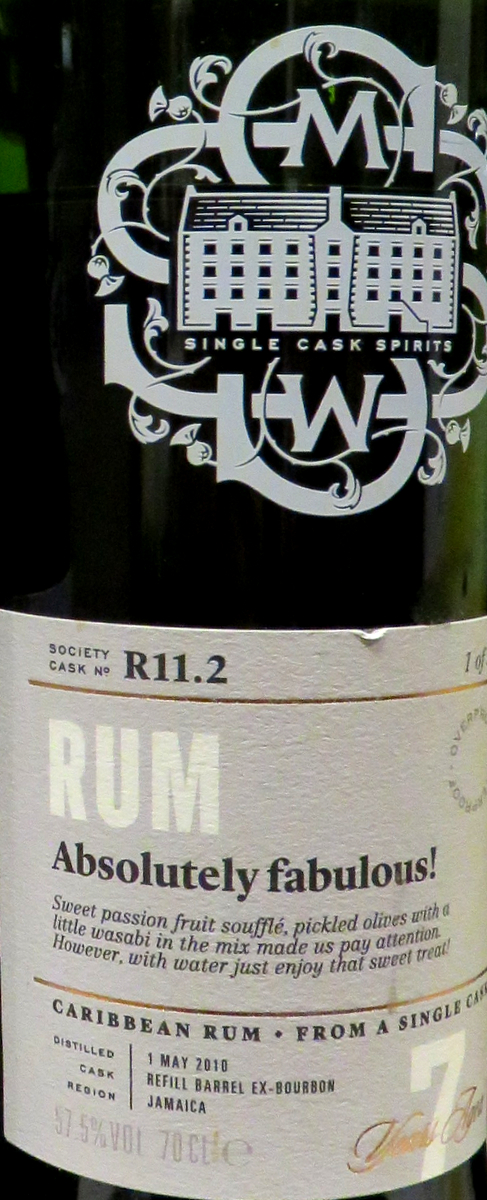 It sounds strange to say it, but the
It sounds strange to say it, but the 

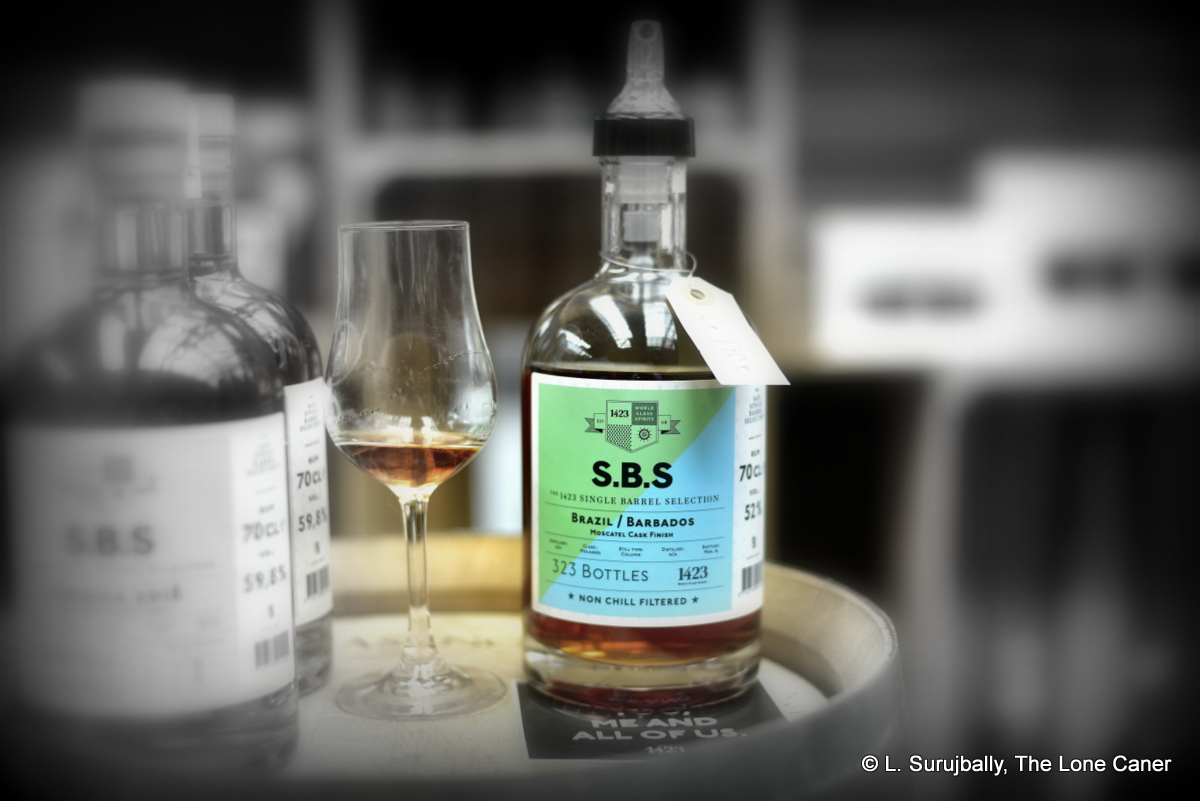
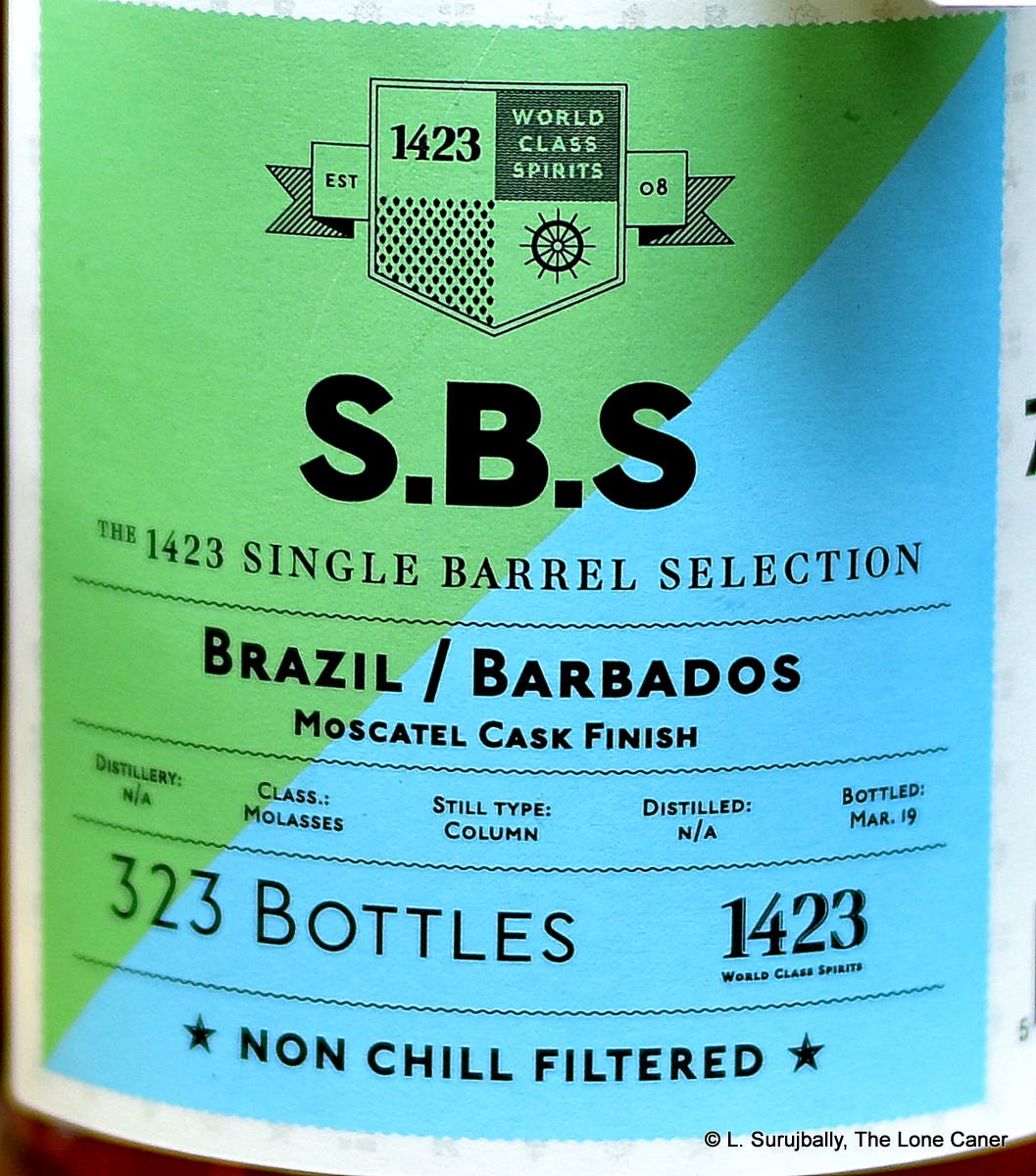 1423, the Danish indie, has taken this concept a step further with their 2019 release of a Brazil / Barbados carnival — it comprised of 8- and 3-year old Foursquare rums (exact proportions unknown, both column still) to which was added an unaged cachaca from Pirassununga (they make the very popular “51” just outside Sao Paolo), and the whole thing left to age for two years in Moscatel wine casks for two years, before being squeezed out into 323 bottles at 52% ABV.
1423, the Danish indie, has taken this concept a step further with their 2019 release of a Brazil / Barbados carnival — it comprised of 8- and 3-year old Foursquare rums (exact proportions unknown, both column still) to which was added an unaged cachaca from Pirassununga (they make the very popular “51” just outside Sao Paolo), and the whole thing left to age for two years in Moscatel wine casks for two years, before being squeezed out into 323 bottles at 52% ABV.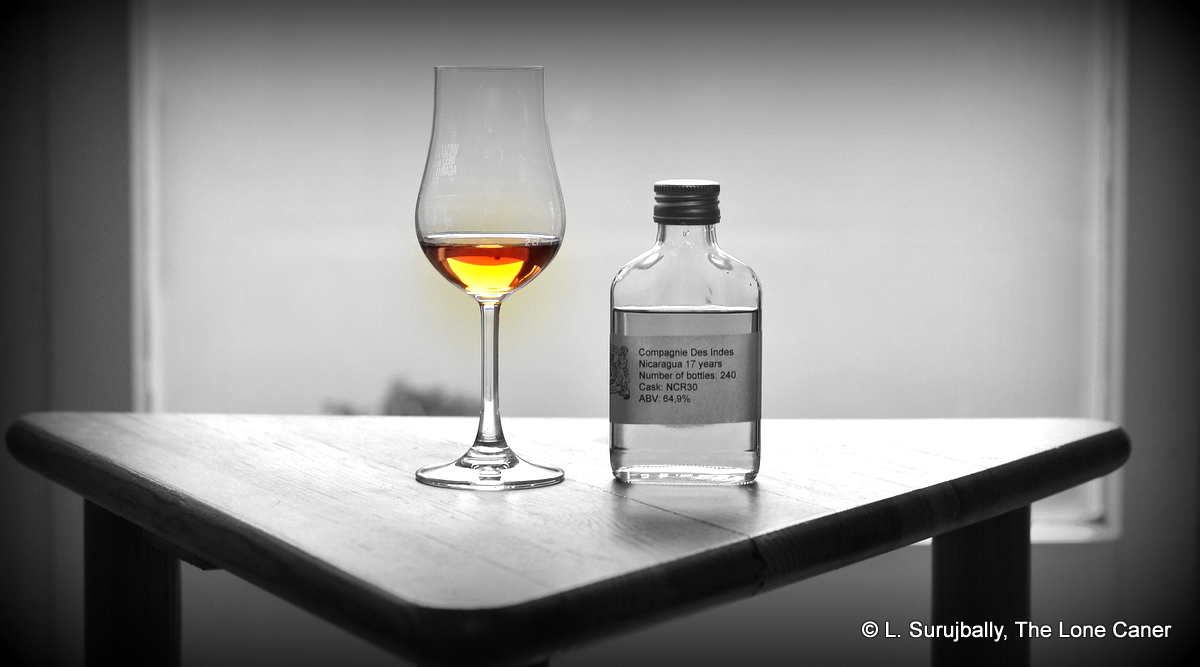
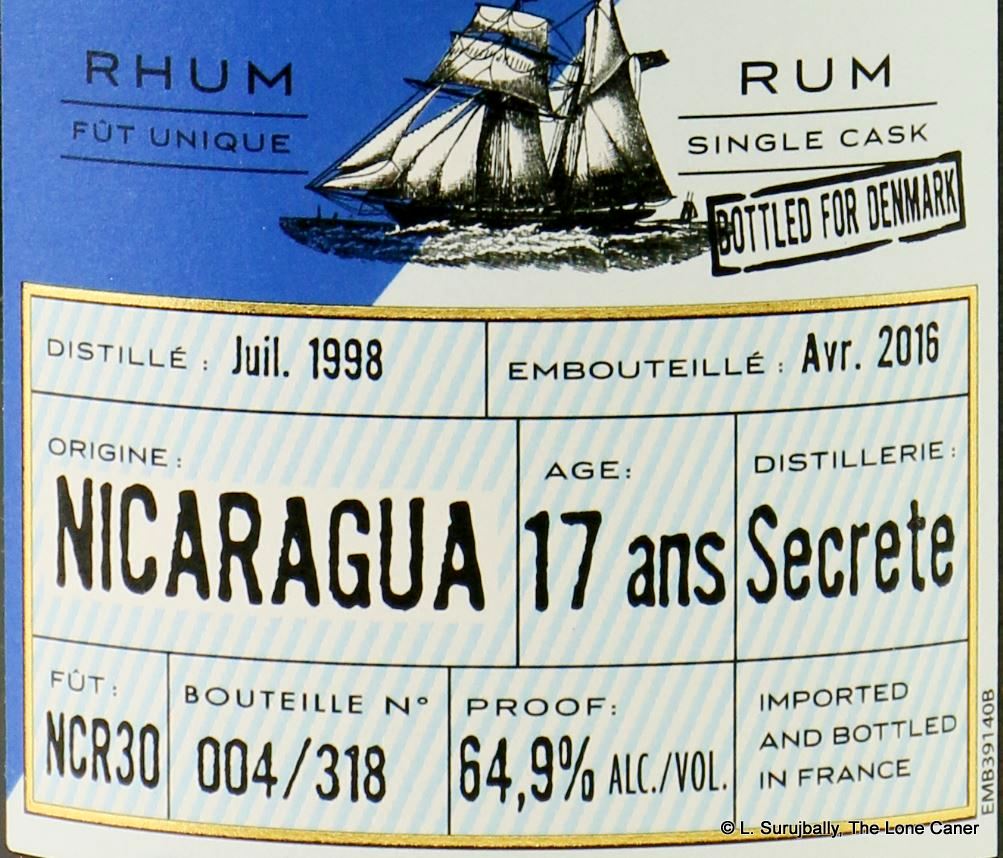
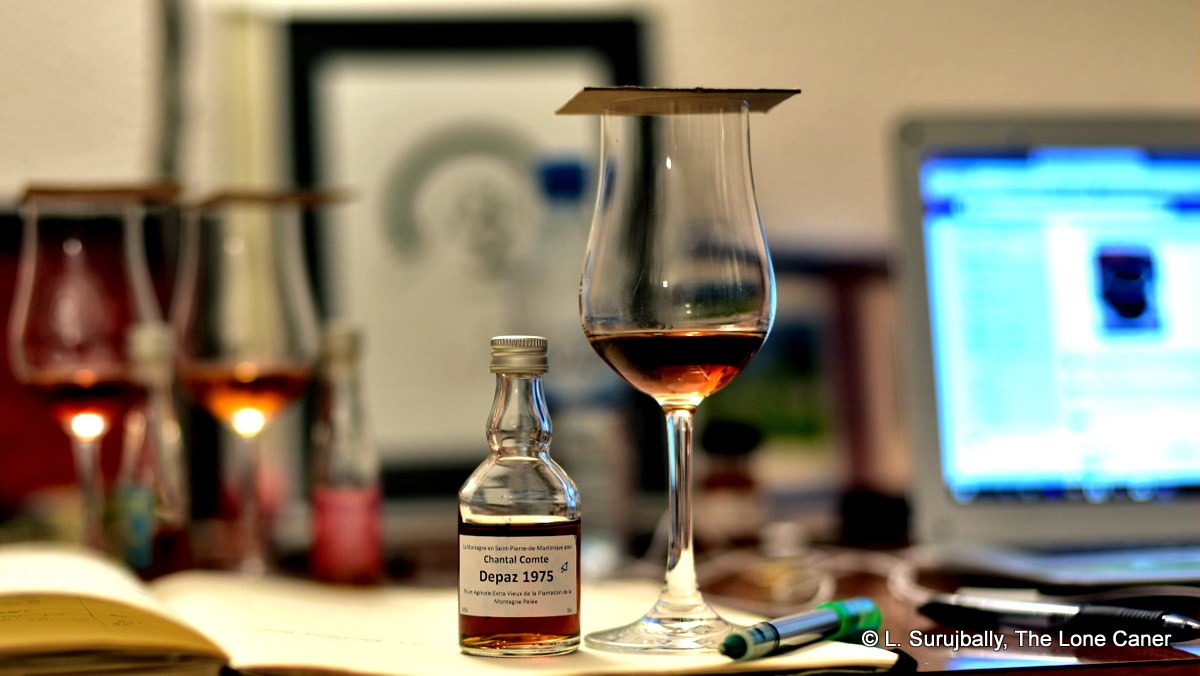
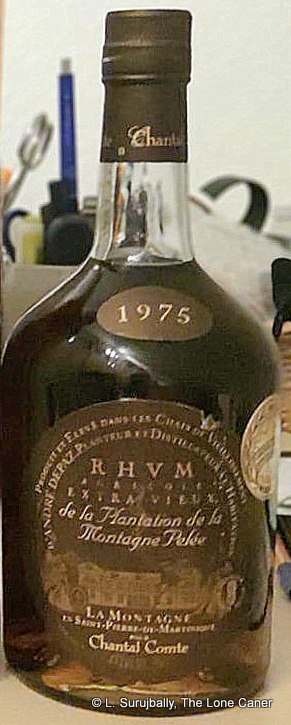 The full and rather unwieldy title of the rum today is the Chantal Comte Rhum Agricole 1975 Extra Vieux de la Plantation de la Montagne Pelée, but let that not dissuade you. Consider it a column-still, cane-juice rhum aged around eight years, sourced from Depaz when it was still André Depaz’s property and the man was – astoundingly enough in today’s market – having real difficulty selling his aged stock. Ms. Comte, who was born in Morocco but had strong Martinique familial connections, had interned in the wine world, and was also mentored by Depaz and Paul Hayot (of Clement) in the late 1970s and early 1980s, when Martinique was suffering from overstock and poor sales.. And having access at low cost to such ignored and unknown stocks allowed her to really pick some amazing rums, of this is one.
The full and rather unwieldy title of the rum today is the Chantal Comte Rhum Agricole 1975 Extra Vieux de la Plantation de la Montagne Pelée, but let that not dissuade you. Consider it a column-still, cane-juice rhum aged around eight years, sourced from Depaz when it was still André Depaz’s property and the man was – astoundingly enough in today’s market – having real difficulty selling his aged stock. Ms. Comte, who was born in Morocco but had strong Martinique familial connections, had interned in the wine world, and was also mentored by Depaz and Paul Hayot (of Clement) in the late 1970s and early 1980s, when Martinique was suffering from overstock and poor sales.. And having access at low cost to such ignored and unknown stocks allowed her to really pick some amazing rums, of this is one. The strangely named Doctor Bird rum is another company’s response to
The strangely named Doctor Bird rum is another company’s response to 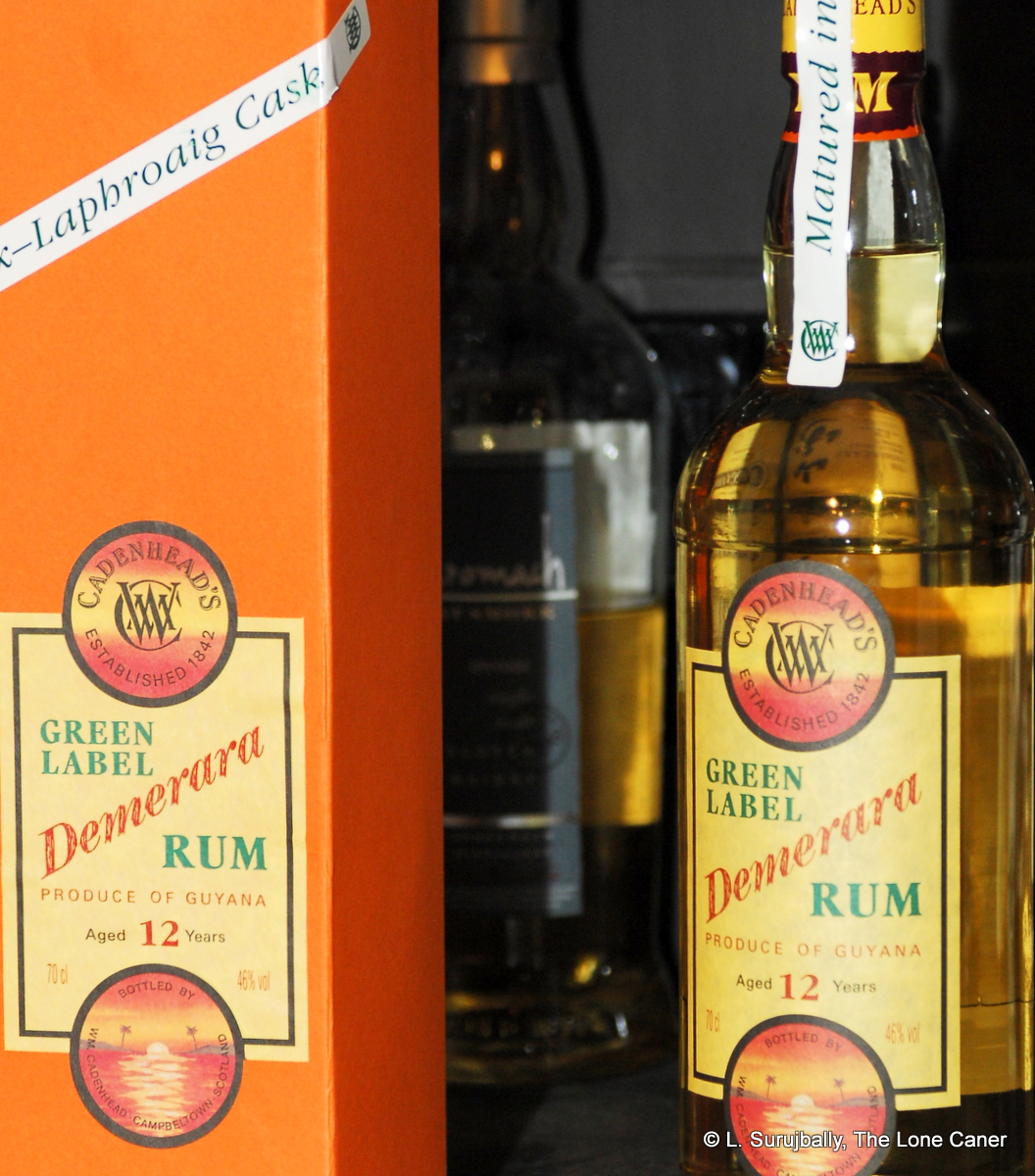
 Anyway, this was a 12 year old, continentally-aged Guyanese rum (no still is mentioned, alas), of unknown outturn, aged 12 years in Laphroaig whisky casks and released at the 46% strength that was once a near standard for rums brought out by
Anyway, this was a 12 year old, continentally-aged Guyanese rum (no still is mentioned, alas), of unknown outturn, aged 12 years in Laphroaig whisky casks and released at the 46% strength that was once a near standard for rums brought out by 
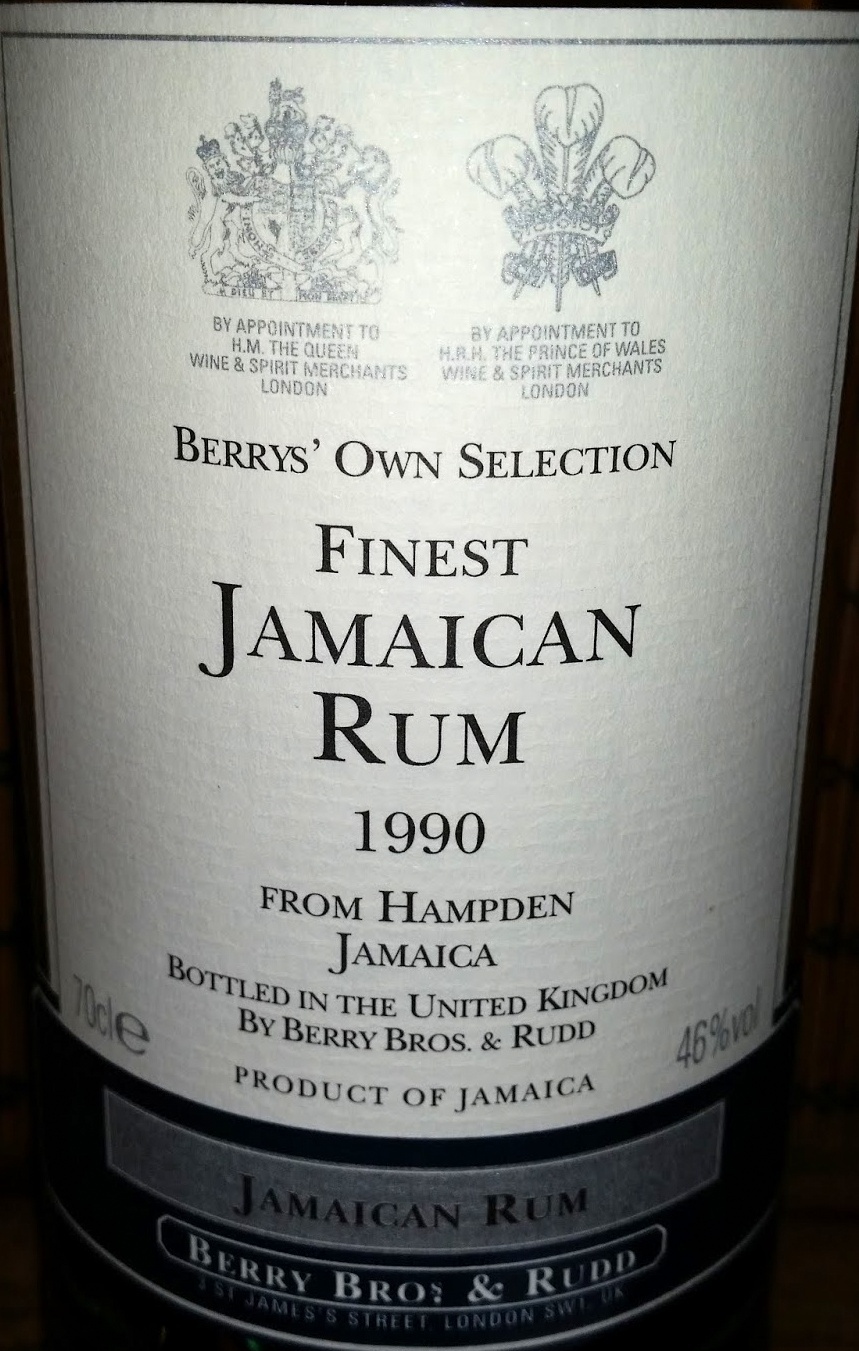
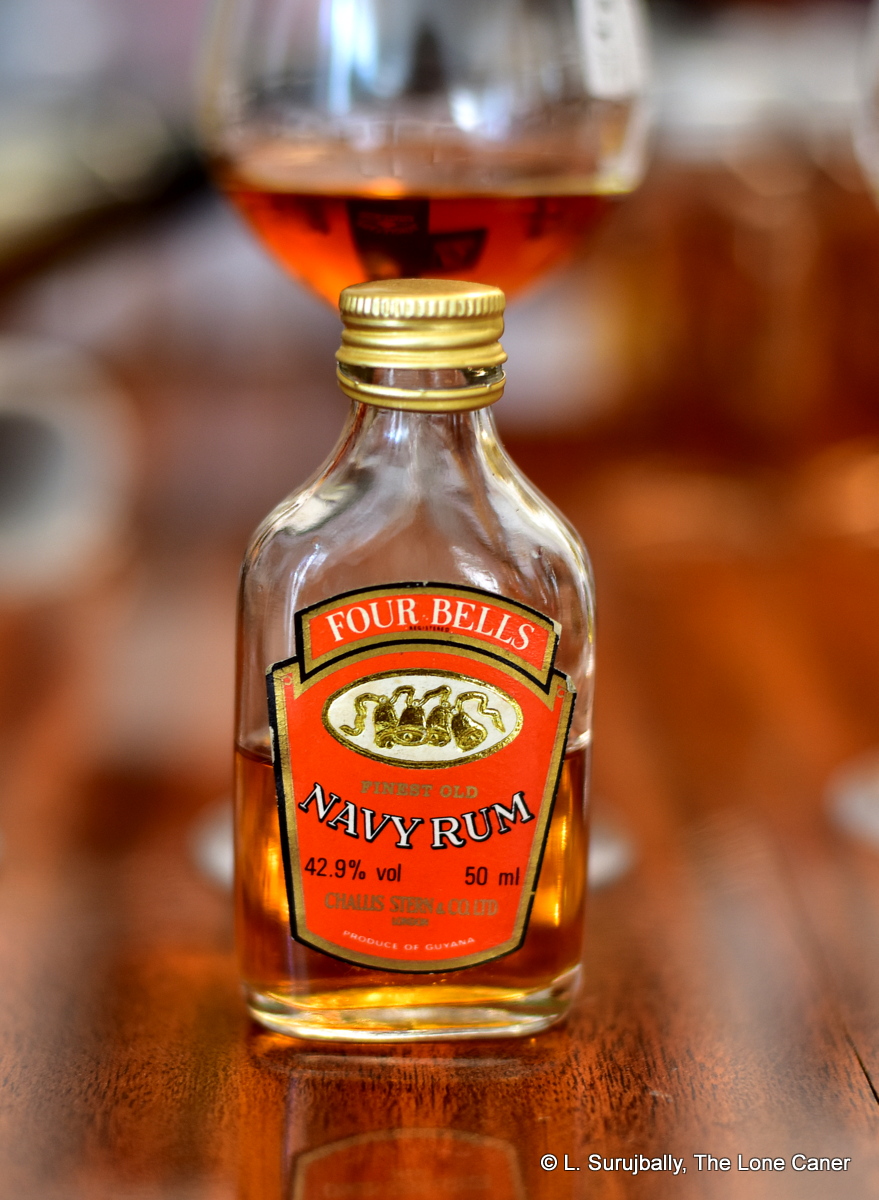

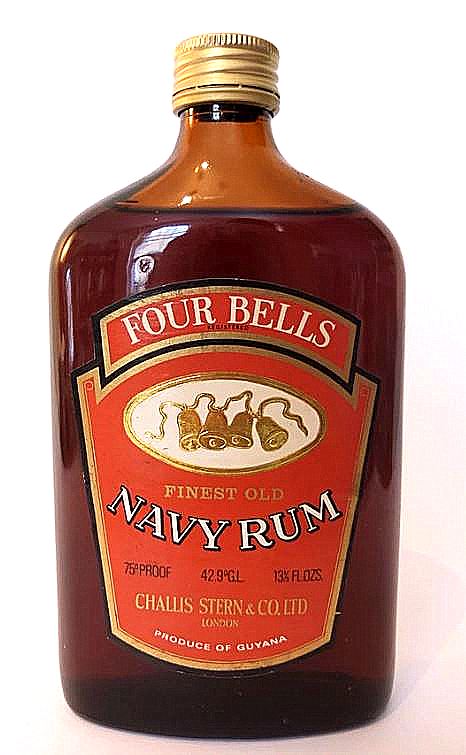
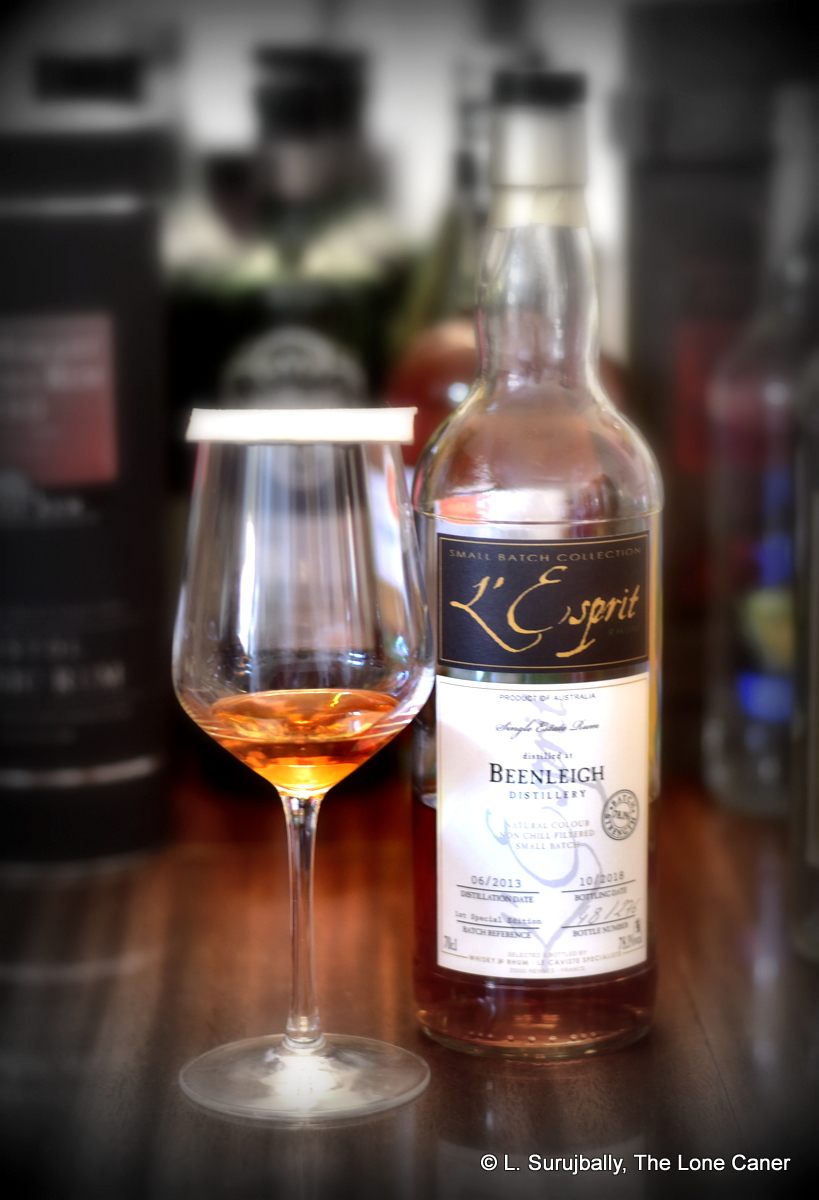 The French-bottled, Australian-distilled Beenleigh 5 Year Old Rum is a screamer of a rum, a rum that wasn’t just released in 2018, but unleashed. Like a mad roller coaster, it careneed madly up and down and from side to side, breaking every rule and always seeming just about to go off the rails of taste before managing to stay on course, providing, at end, an experience that was shattering — if not precisely outstanding.
The French-bottled, Australian-distilled Beenleigh 5 Year Old Rum is a screamer of a rum, a rum that wasn’t just released in 2018, but unleashed. Like a mad roller coaster, it careneed madly up and down and from side to side, breaking every rule and always seeming just about to go off the rails of taste before managing to stay on course, providing, at end, an experience that was shattering — if not precisely outstanding.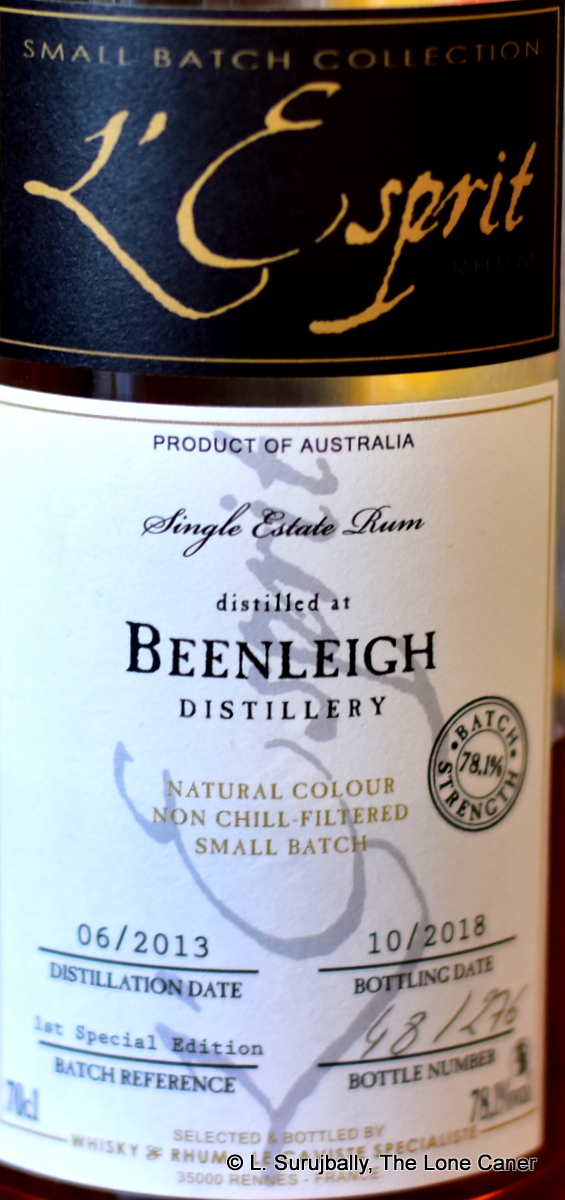 I still remember how unusual the
I still remember how unusual the 
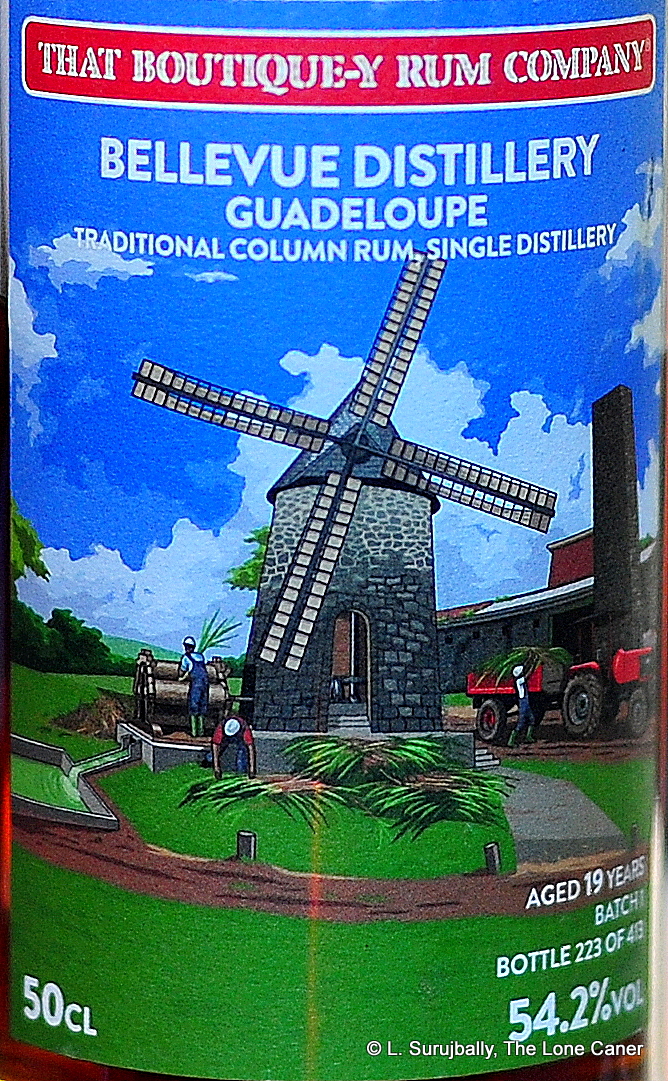 Take this one, which proves that TBRC has a knack for ferreting out good barrels. It’s not often you find a rum that is from the French West Indies aged beyond ten years — Neisson’s been making a splash recently with its 18 YO, you might recall, for that precise reason. To find one that’s a year older from Guadeloupe in the same year is quite a prize and I’ll just mention it’s 54.2%, aged seven years in Guadeloupe and a further twelve in the UK, and outturn is 413 bottles. On stats alone it’s the sort of thing that makes my glass twitch.
Take this one, which proves that TBRC has a knack for ferreting out good barrels. It’s not often you find a rum that is from the French West Indies aged beyond ten years — Neisson’s been making a splash recently with its 18 YO, you might recall, for that precise reason. To find one that’s a year older from Guadeloupe in the same year is quite a prize and I’ll just mention it’s 54.2%, aged seven years in Guadeloupe and a further twelve in the UK, and outturn is 413 bottles. On stats alone it’s the sort of thing that makes my glass twitch.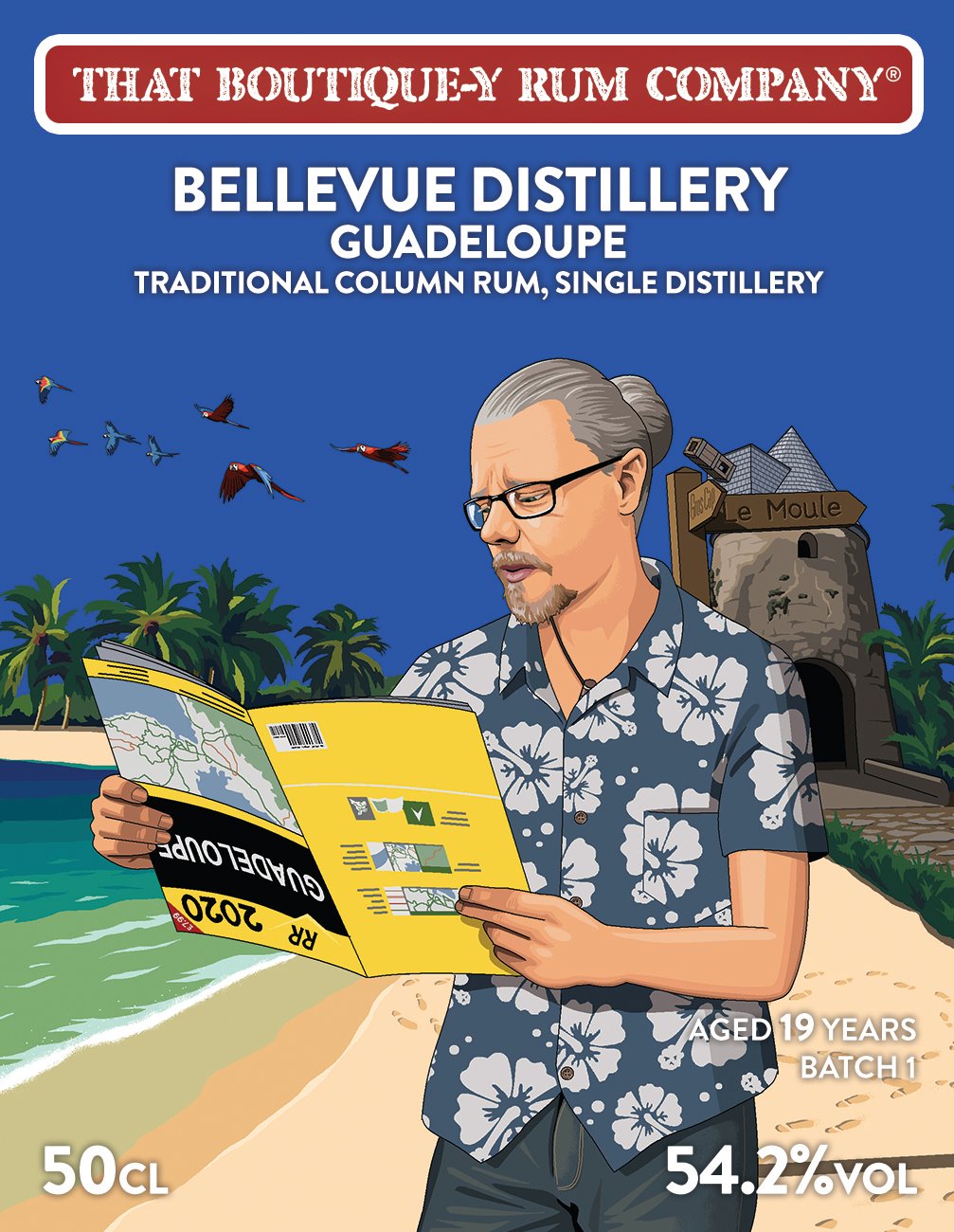 Guadeloupe rums in general lack something of the fierce and stern AOC specificity that so distinguishes Martinique, but they’re close in quality in their own way, they’re always good, and frankly, there’s something about the relative voluptuousness of a Guadeloupe rhum that I’ve always liked. Peter sold me on the quality of the
Guadeloupe rums in general lack something of the fierce and stern AOC specificity that so distinguishes Martinique, but they’re close in quality in their own way, they’re always good, and frankly, there’s something about the relative voluptuousness of a Guadeloupe rhum that I’ve always liked. Peter sold me on the quality of the 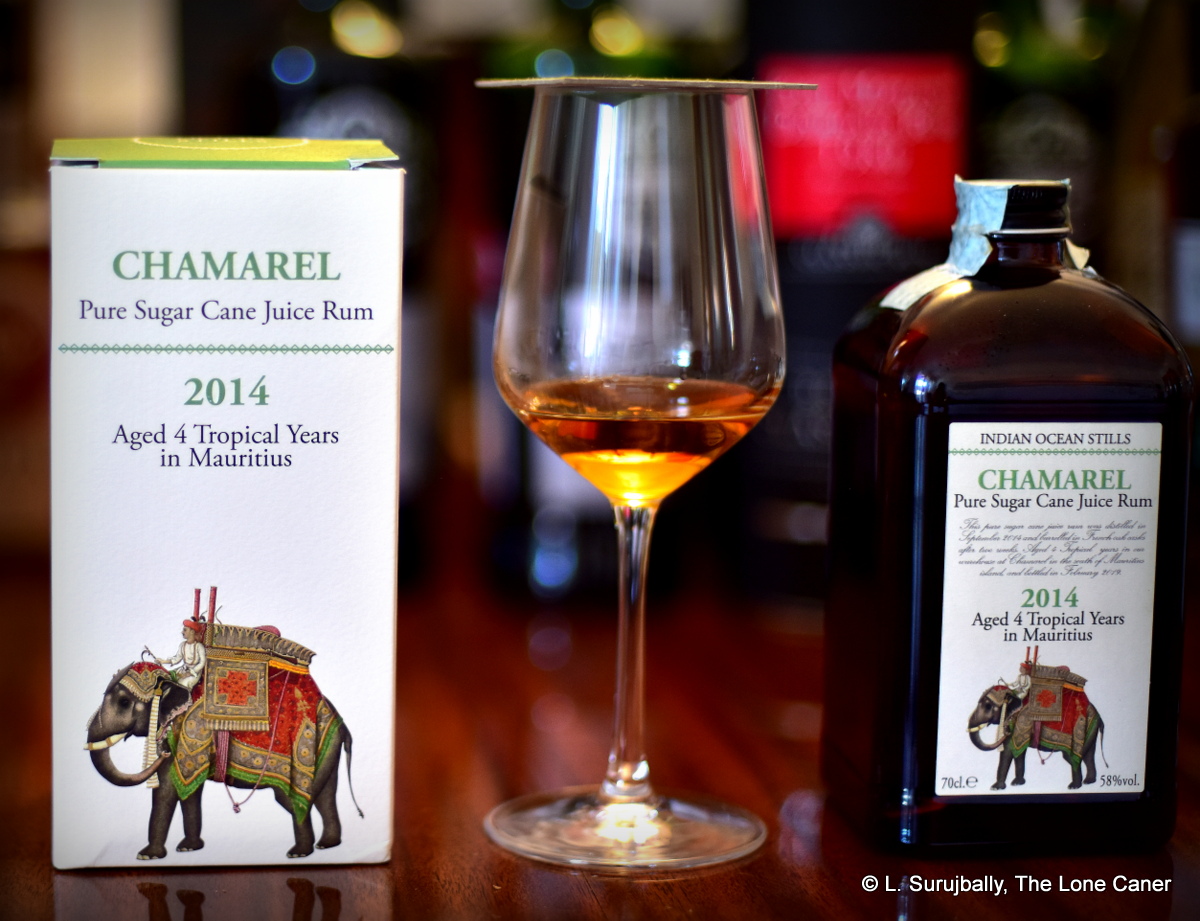
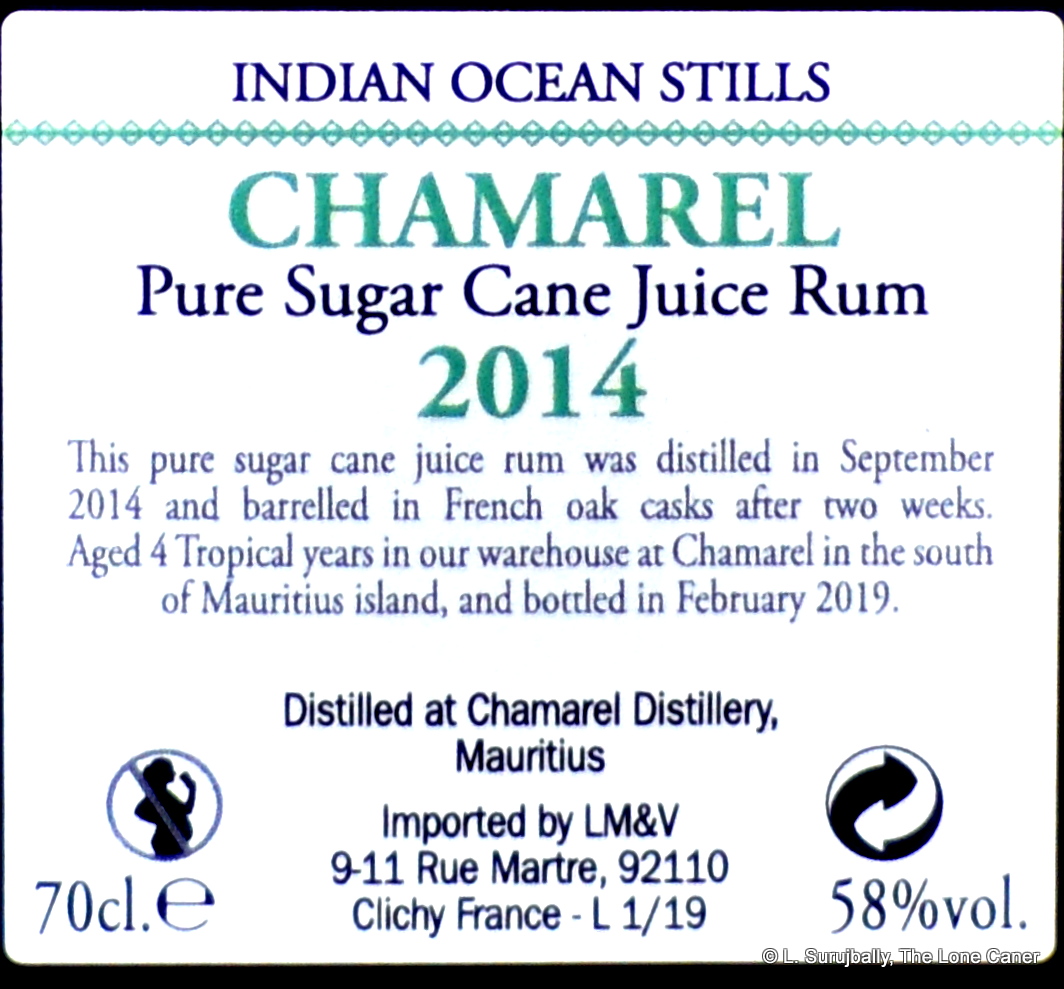 Brief stats: a 4 year old rum distilled in September 2014, aged in situ in French oak casks and bottled in February 2019 at a strength of 58% ABV. Love the labelling and it’s sure to be a fascinating experience not just because of the selection by Velier, or its location (we have tried few rums from there though those
Brief stats: a 4 year old rum distilled in September 2014, aged in situ in French oak casks and bottled in February 2019 at a strength of 58% ABV. Love the labelling and it’s sure to be a fascinating experience not just because of the selection by Velier, or its location (we have tried few rums from there though those